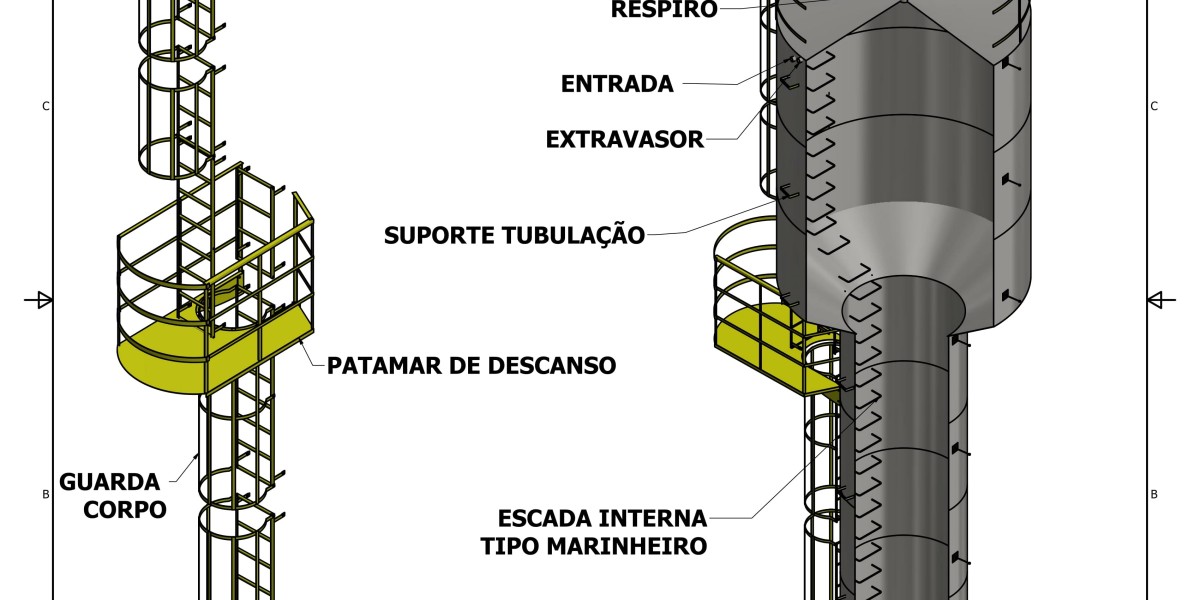Watch learning jump (leap! spring! hop!) from your sessions into the real world.
The Positive Psychology Toolkit© is a groundbreaking practitioner useful resource containing over 500 science-based exercises, activities, interventions, questionnaires, and assessments created by specialists utilizing the newest optimistic psychology research. To fully understand what another is saying, "you need to hearken to and observe the opposite individual as deeply and fully as possible" (Newberg & Waldman, 2013, p. 81). Neural resonance uses mirror neurons to create cooperation, empathy, and belief. Successful actors could be thought-about professional first-impression artists.
Types of body language and nonverbal communication
Just because the highly motivated thespian will research and polish their craft, anyone wanting to achieve their profession or interpersonal relationships can examine and apply the nuances of nonverbal communication. Two individuals who like each other will mirror every other’s facial expressions, gestures, postures, vocalics, and movements. This is recognized as neural resonance, and it aids the accurate switch of knowledge from one individual to a different (Newberg & Waldman, 2013). As we breach the invisible line that is 1.5 feet from our body, we enter the intimate zone, which is reserved for under the closest associates, household, and romantic/intimate partners (Hall, 1968).
Even although you may intend on your nonverbal messages to be congruent, they may nonetheless be decoded in a means that doesn't match up together with your intent, particularly since nonverbal expressions range by means of their degree of acutely aware encoding. In this sense, the multichannel nature of nonverbal communication creates the potential of both increased credibility and elevated ambiguity. A third difference between verbal and nonverbal communication is that we use verbal communication consciously while we typically use nonverbal communication unconsciously. Conscious communication implies that we take into consideration our verbal communication before we communicate. Unconscious communication implies that we don't think about each nonverbal message we talk. If you ever heard the statement as a child, "Think before you speak" you were being informed a basic principle of verbal communication. In distinction, when something funny occurs, you probably do not assume, "Okay, I’m going to smile and snicker proper now." Instead, you react unconsciously, displaying your feelings by way of these nonverbal behaviors.
Nonverbal communication that repeats the meaning of verbal communication assists the receiver by reinforcing the words of the sender. Nonverbal communication that repeats verbal communication might stand alone, but when paired with verbal communication, it servers to repeat the message. For example, nodding one’s head whereas saying "yes" serves to bolster the meaning of the word "yes," and the word "yes" reinforces the top nod. At times, an individual’s nonverbal communication contradicts verbal communication. Recently, when visiting an aunt’s house, one of the author’s folded her arms. She asked the writer if she was cold and if she needed to turn up the air conditioning. The writer said no as a result of she was trying to be well mannered, but her aunt did not believe her.
Access this chapter
La dirección en la que una persona mira o que é abordagem corporal? se inclina asimismo puede transmitir información. Por ejemplo, si alguien se inclina hacia ti a lo largo de una conversación, probablemente esté entusiasmado en lo que estás diciendo. Por otra parte, si una persona mira hacia abajo mientras habla, puede señalar que está insegura o avergonzada de lo que dice, mientras que el contacto visual directo puede señalar confianza y sinceridad. Sicólogo clínico que le encanta ayudar a la gente a mejorar su confort sensible y a sobrepasar sus adversidades. Le encanta comunicar sus entendimientos, vivencias y consejos sobre temas relacionados con la psicología, como la autoestima, la ansiedad, las relaciones, el estrés, la alegría y mucho más. La primera clave para conectar con nuestras emociones a través del cuerpo es prestar atención.
Resumiendo, la química sensible desempeña un papel crucial en la formación de conexiones auténticas en las relaciones interpersonales. La empatía sincera, la comunicación abierta y franca, los intereses y valores compartidos, el respeto mutuo y la confianza y apoyo incondicional son señales visibles de una conexión auténtica. Al buscar relaciones significativas, es esencial prestar atención a estas señales para cultivar conexiones auténticas y satisfactorias con el resto. La conexión emocional se lleva a cabo por medio de la comunicación abierta y franca. Es esencial expresar honestamente nuestras conmuevas y percibir activamente a la otra persona. Además, la seguridad y la puerta de inseguridad son fundamentales para construir una conexión emocional sólida. Al comunicar nuestros pensamientos y sentimientos más íntimos, creamos un espacio seguro en el que ambos pueden expresarse auténticamente sin miedo a ser juzgados.
Conexiones espirituales: Identificando vínculos profundos y trascendentales con otras personas
Una conexión emocional se refiere a la aptitud de conectar y entender a nivel emocional con otra persona. Es una manera profunda de vinculación que va alén de la conexión superficial. Esto implica apagar los teléfonos, la televisión y cualquier otra distracción y verdaderamente enfocarse el uno en el otro. Así sea que salgan a cenar, paseen juntos o sencillamente se sienten a dialogar, es importante hacer espacios donde logren comunicar y conectarse emotivamente. Identificar las señales de conexión puede no ser una tarea fácil, especialmente si no nos encontramos acostumbrados a prestar atención a estos datos. Sin embargo, existen algunas pistas que pueden asistirnos a reconocer estas señales.
Conectar con la mente de otro humano nos permite construir puentes de comunicación más sólidos y significativos. Al promover esta conexión, también contribuimos a nutrir relaciones más saludables y prosperar la calidad de vida tanto personal como socialmente. Ten en cuenta que no tiene que ver con cambiar o supervisar a el resto, sino más bien de comprender y aceptar sus experiencias y conmuevas. La aptitud de conectarnos con la cabeza de otra persona es una capacidad importante que tenemos la posibilidad de desarrollar a lo largo de nuestras vidas, enriqueciendo de esta manera nuestra experiencia humana. Hay distintas claves que pueden contribuir a cultivar esta conexión emocional en la familia. Esto supone escuchar activamente a los demás miembros de la familia, validar sus sentimientos y expresar nuestras conmuevas de manera respetuosa.





